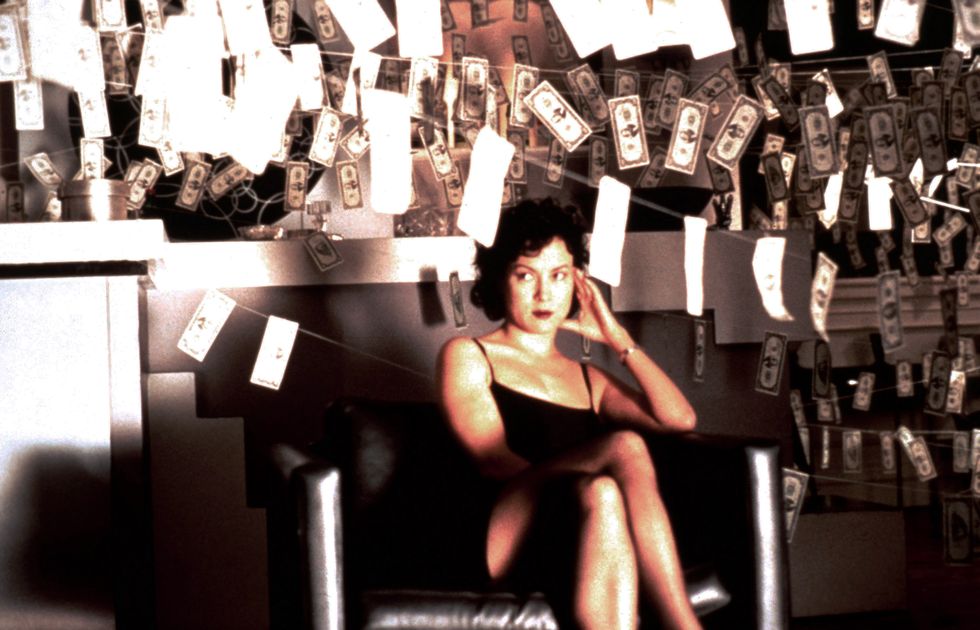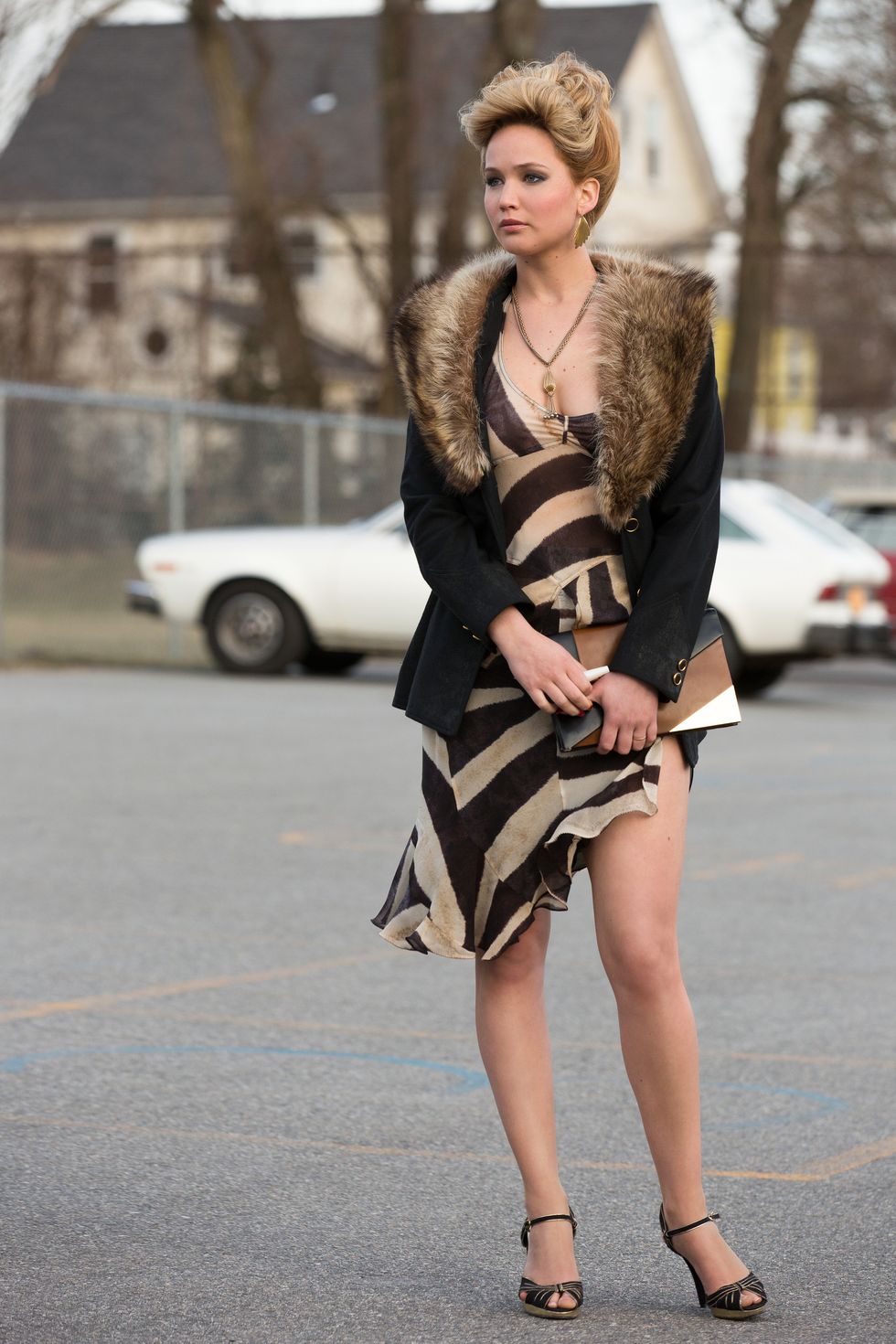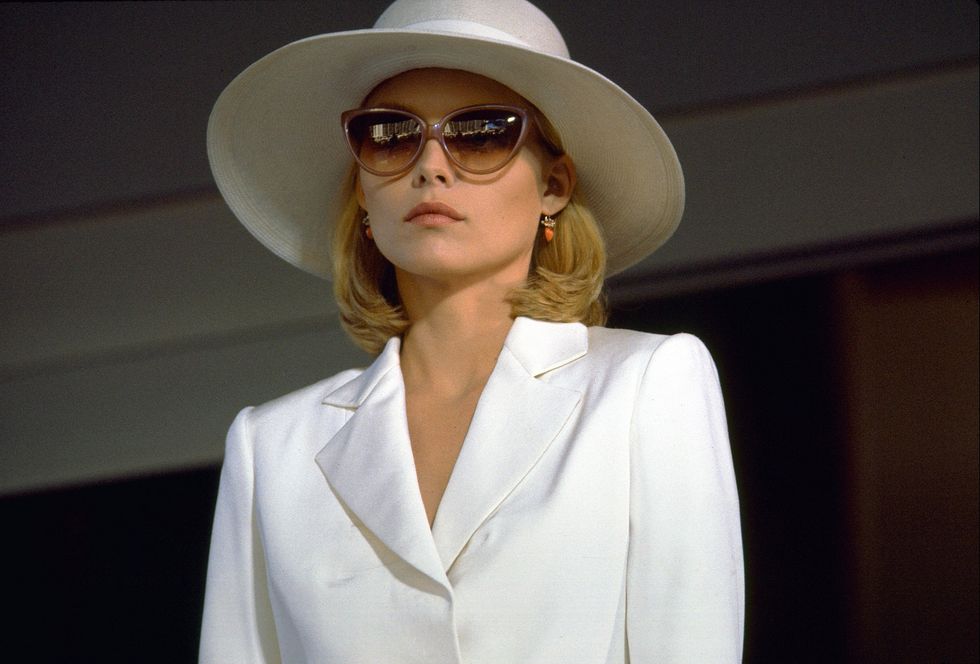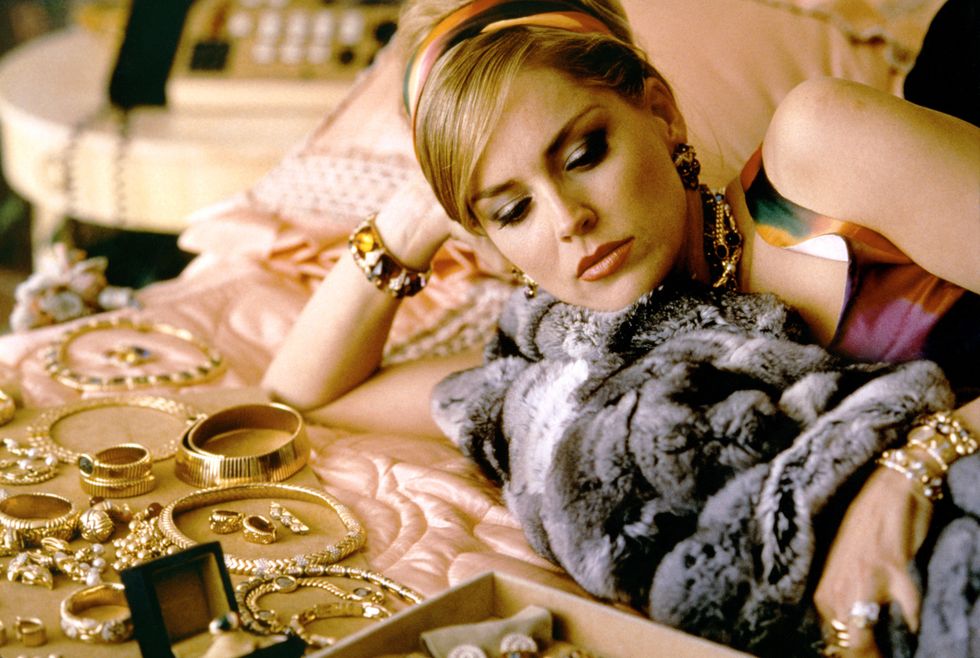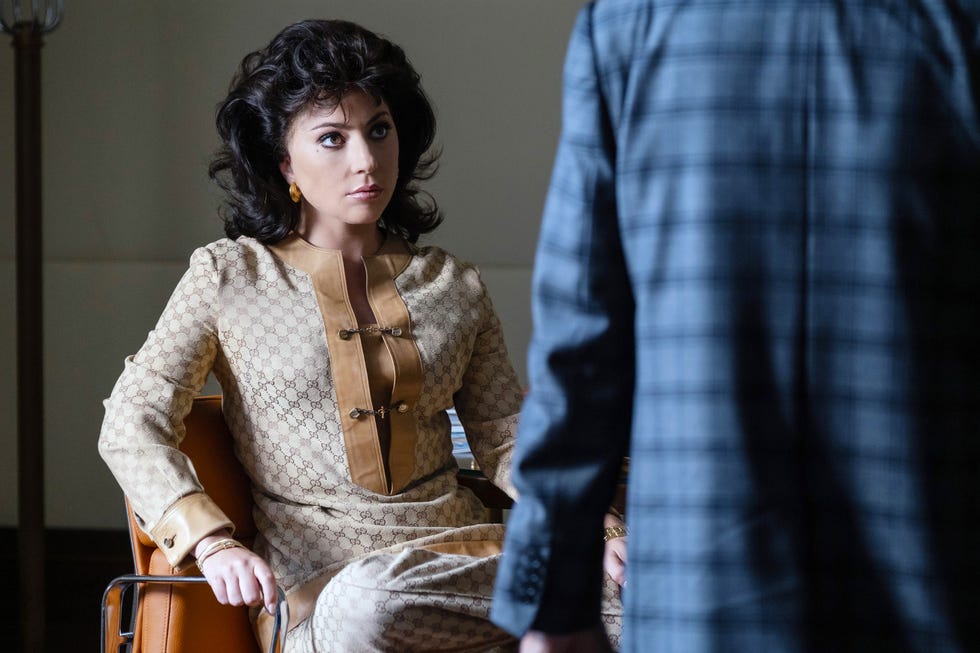Will the Mob Wife Aesthetic Take a Sledgehammer to Quiet Luxury?
Style Points is a weekly column about how fashion intersects with the wider world.
Between the countless microtrends that have popped up in recent seasons, inflated by TikTok and an explainer-happy media landscape, the overarching theme is one of hyper-femininity. First, Barbiecore cannonballed into our consciousness in all its hot-pink glory, followed closely by its cousin, bimbocore. Then came all manner of sweet, innocent, girlish tropes, from the adorable coquette trailing ribbons and bows down the runway to the candy-colored barre staples of balletcore. And who could forget the clean girl and all her food-related antecedents, from blueberry milk nails to strawberry makeup?
Well, if TikTok is to be believed, they’re all headed for their graves. The app’s latest pet style archetype shares the high-femme, almost performative DNA of its predecessors, but with a twist—it is anything but innocent. The world-weary “mob wife” has been a movie trope since she popped up in the form of a gangster’s moll in films like The Killers and White Heat. Tough-talking and dirty-mouthed, she’s seen it all—and looks like it. And, like it or not, there’s a certain glamour in her adjacency to crime.
TikTok creator Kayla Trivieri kicked off the trend with a video declaring the “clean girl” aesthetic out and “mob wife” in. (“Carmela Soprano walked so you bitches could run,” she said.) The 25th anniversary of The Sopranos is prompting a rediscovery of the series and its complex female characters, along with their style. But this aesthetic feels bigger than just the show; it’s more like a wholesale rejection of everything that has come before. The hallmark of mob wife style is excess, whether that’s being swathed in fur, sporting unrepentantly big hair, treating cheetah print as a neutral, or wearing the polar opposite of no-makeup makeup.
“Quiet luxury” is not in her vocabulary, but luxury is. Her wealth is far from stealth. Look at Sharon Stone’s Ginger in Casino, who slowly unravels in looks like Pucci lounge pajamas and a go-go Courrèges set, set off with copious jewelry, or Michelle Pfeiffer’s Elvira in Scarface, in big sunglasses and silky slipdresses. In House of Gucci, Lady Gaga plots and schemes in (what else?) Gucci, while Jennifer Lawrence’s American Hustle character is all piled-high hair and tight Halston-lite gowns. An undersung heroine is Jennifer Tilly’s mob girlfriend in the Wachowskis’ Sapphic thriller Bound, whose brick-red lips slinky dresses, and Chanel Vamp talons leap off the screen. In a way, it’s the perfect look for a recession: why not flaunt everything you’ve got while you still can?
There’s also a sense of a lost world being mined here: the remoteness is part of its charm. All of the above films and shows are either older projects or period pieces. And as with everything from roll-up-your-sleeves workwear to office clothing to the “coastal grandmother,” fashion loves to fetishize a fading archetype.
Performed effortlessness (and, in the case of the clean girl, a kind of enforced blandness) is falling away in favor of a self as constructed as an edifice. The mob wife is hardened by life, and not afraid to show it. On the runways, the minimalist may still reign triumphant, for now. But I know who I’d rather down a martini with.

Véronique Hyland is ELLE’s Fashion Features Director and the author of the book Dress Code, which was selected as one of The New Yorker’s Best Books of the Year. Her writing has previously appeared in The New York Times Magazine, The New Yorker, W, New York magazine, Harper’s Bazaar, and Condé Nast Traveler.



